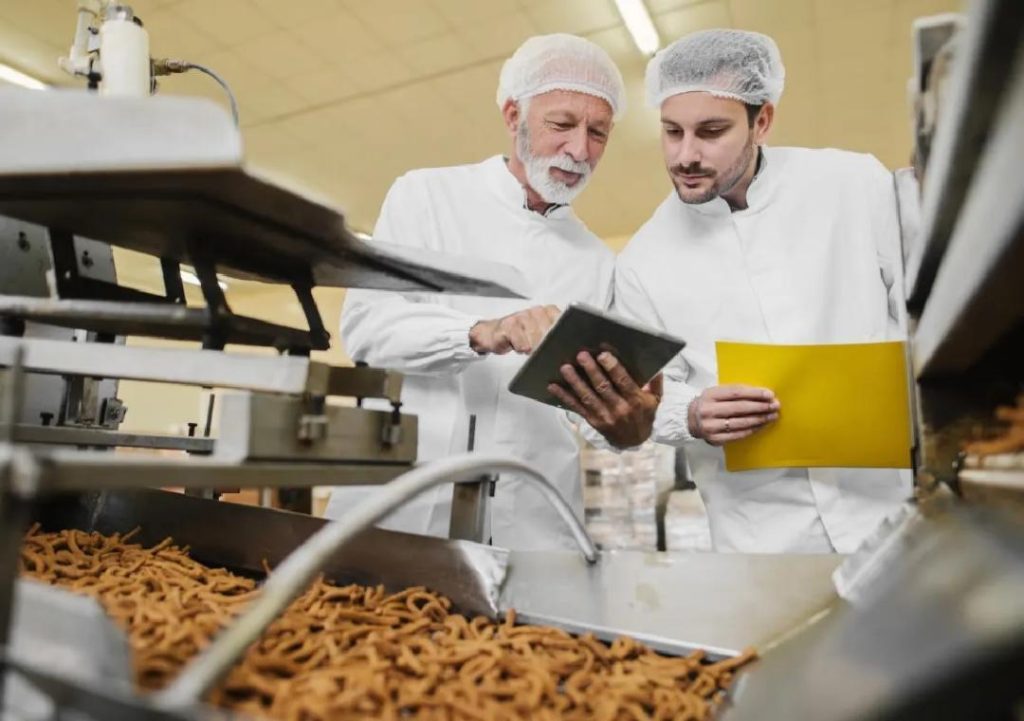
Can P&L Optimisation Redefine Success in Food Technology?
The food technology industry is undergoing a significant transformation, driven by the increasing demand for efficient, sustainable, and cost-effective solutions. One of the key areas where companies are focusing is profit and loss (P&L) operations. By streamlining P&L processes, food tech businesses can cut waste, sharpen demand forecasting, and make better decisions. But can P&L optimisation truly redefine success in the industry?
In today’s competitive landscape, it’s not enough for food tech companies to simply produce high-quality products. They must also ensure profitability, scalability, and sustainability to stay ahead of the curve. P&L optimisation is emerging as a vital strategy for achieving these goals.
So, how are food tech companies optimising P&L operations? The answer lies in the adoption of automation, smart inventory systems, and data analytics. These tools are revolutionising the way businesses operate by providing real-time insights, streamlining processes, and reducing waste.
Automation: The Key to Efficiency
Automation is a game-changer for food tech companies. By integrating automation into P&L operations, businesses can reduce manual errors, increase productivity, and improve accuracy. Automated systems can also help companies scale up quickly, responding to changing market demands and customer preferences.
One example of automation in P&L optimisation is the use of automated inventory management systems. These systems track inventory levels in real-time, alerting businesses to potential stockouts or overstocking. This enables companies to adjust production levels, reduce waste, and avoid costly inventory write-offs.
Smart Inventory Systems: The Future of Stock Management
Smart inventory systems are another key component of P&L optimisation in food tech. These systems use advanced algorithms and data analytics to predict demand, manage inventory levels, and optimise supply chain logistics. Smart inventory systems can also help businesses reduce stockouts and overstocking, minimising the risk of goods becoming obsolete or spoiling.
For instance, a food tech company that produces artisanal cheeses might use a smart inventory system to track sales patterns, seasonality, and customer preferences. This allows the company to adjust production levels, ensure the right products are stocked, and reduce waste.
Data Analytics: The Backbone of P&L Optimisation
Data analytics is a crucial aspect of P&L optimisation in food tech. By analysing sales data, production costs, and market trends, businesses can identify areas for improvement, optimise processes, and make data-driven decisions.
Data analytics can help food tech companies identify inefficiencies in production, reduce waste, and improve profitability. For example, a company might use data analytics to identify the most profitable products, optimise production schedules, and reduce energy consumption.
The Benefits of P&L Optimisation
So, what are the benefits of P&L optimisation in food tech? The answer is clear:
- Increased Profitability: By streamlining P&L operations, food tech companies can reduce waste, cut costs, and increase profitability.
- Improved Scalability: Automation, smart inventory systems, and data analytics enable businesses to scale up quickly, responding to changing market demands and customer preferences.
- Enhanced Sustainability: P&L optimisation helps companies reduce waste, conserve resources, and adopt more sustainable production practices.
- Competitive Advantage: By adopting scalable models and optimising P&L operations, food tech companies can gain a competitive edge in the market.
Conclusion
P&L optimisation is no longer a nice-to-have in the food tech industry – it’s a must-have. By adopting automation, smart inventory systems, and data analytics, food tech companies can redefine success and achieve profitability, scalability, and sustainability.
As the industry continues to evolve, it’s clear that P&L optimisation will play a vital role in shaping the future of food technology. By embracing these tools and strategies, businesses can stay ahead of the curve, respond to changing market demands, and ensure long-term success.
Source: https://www.growthjockey.com/blogs/p-and-l-operations-in-food-tech






